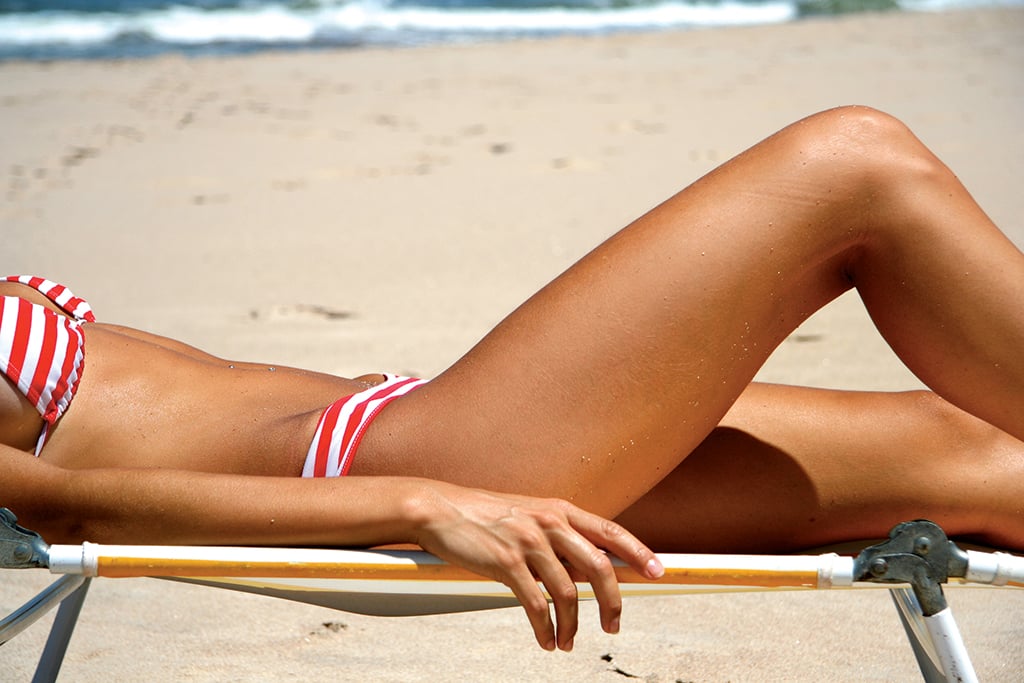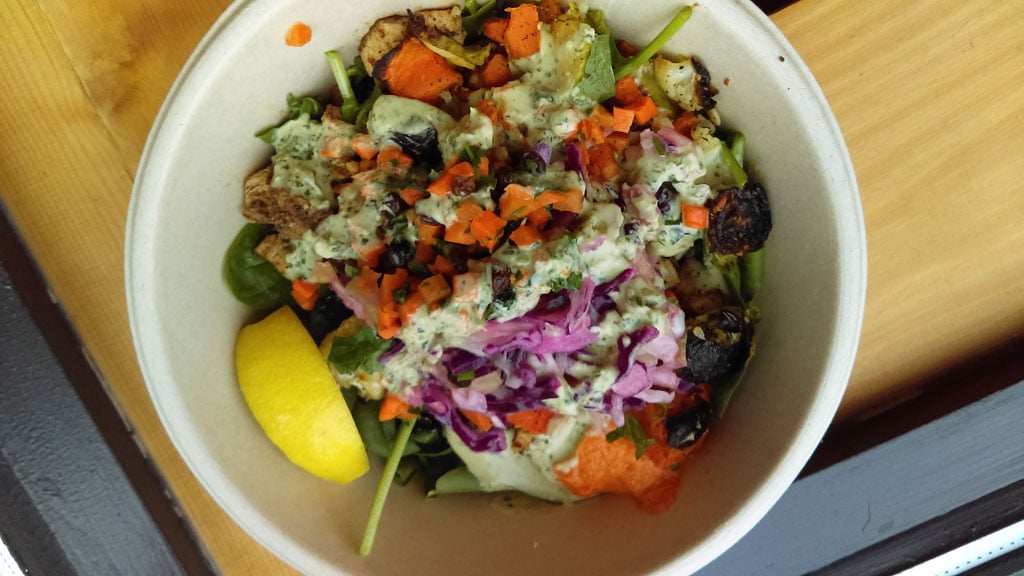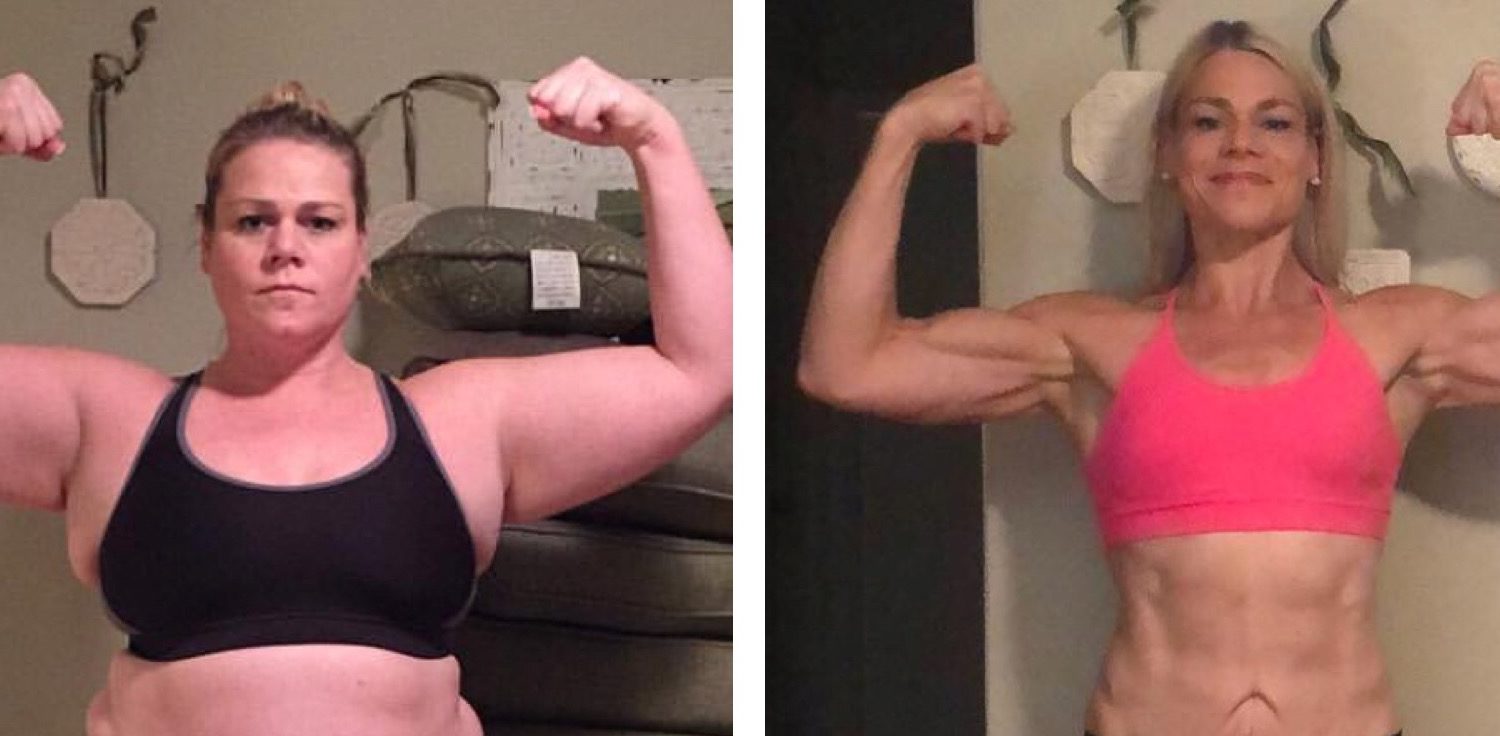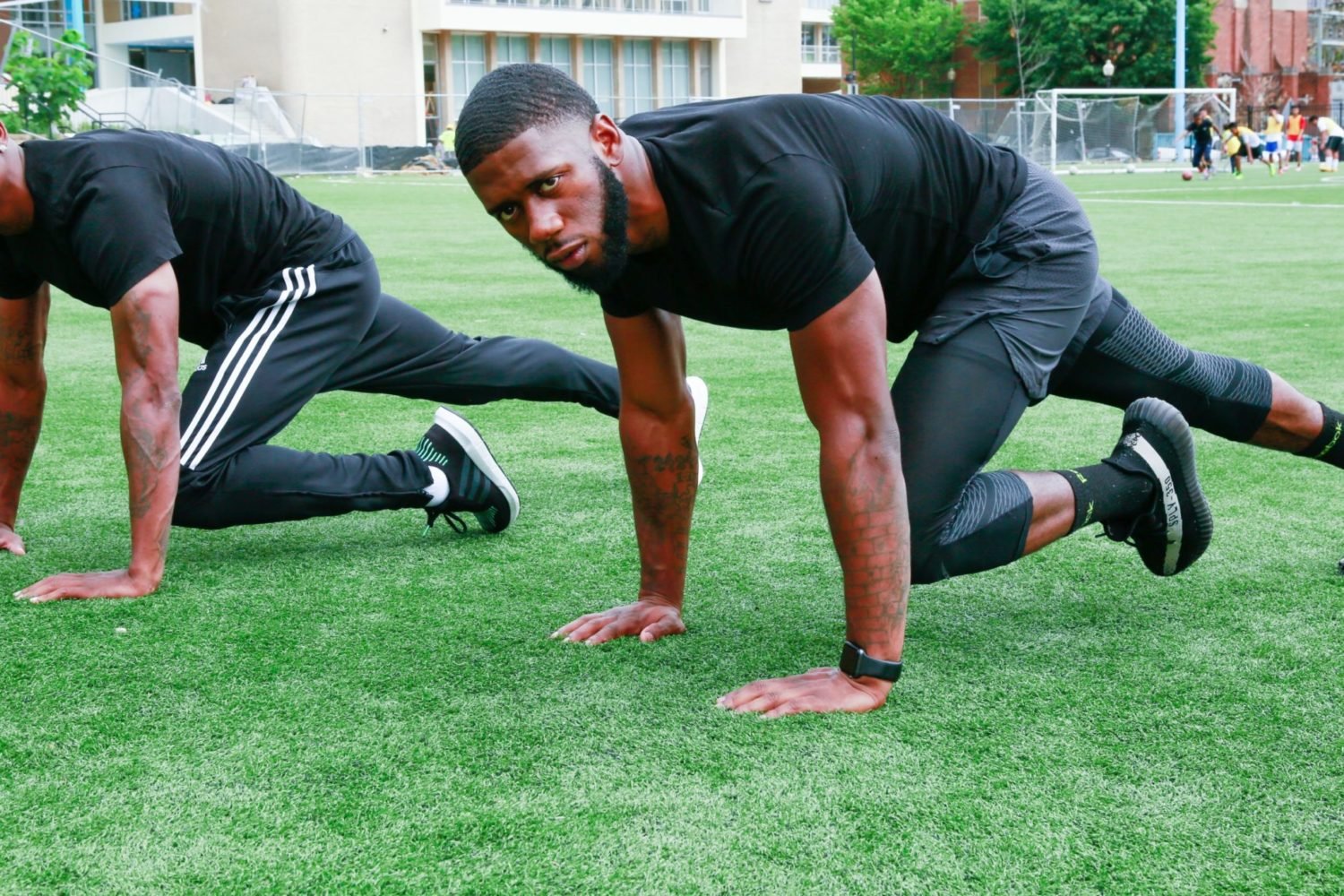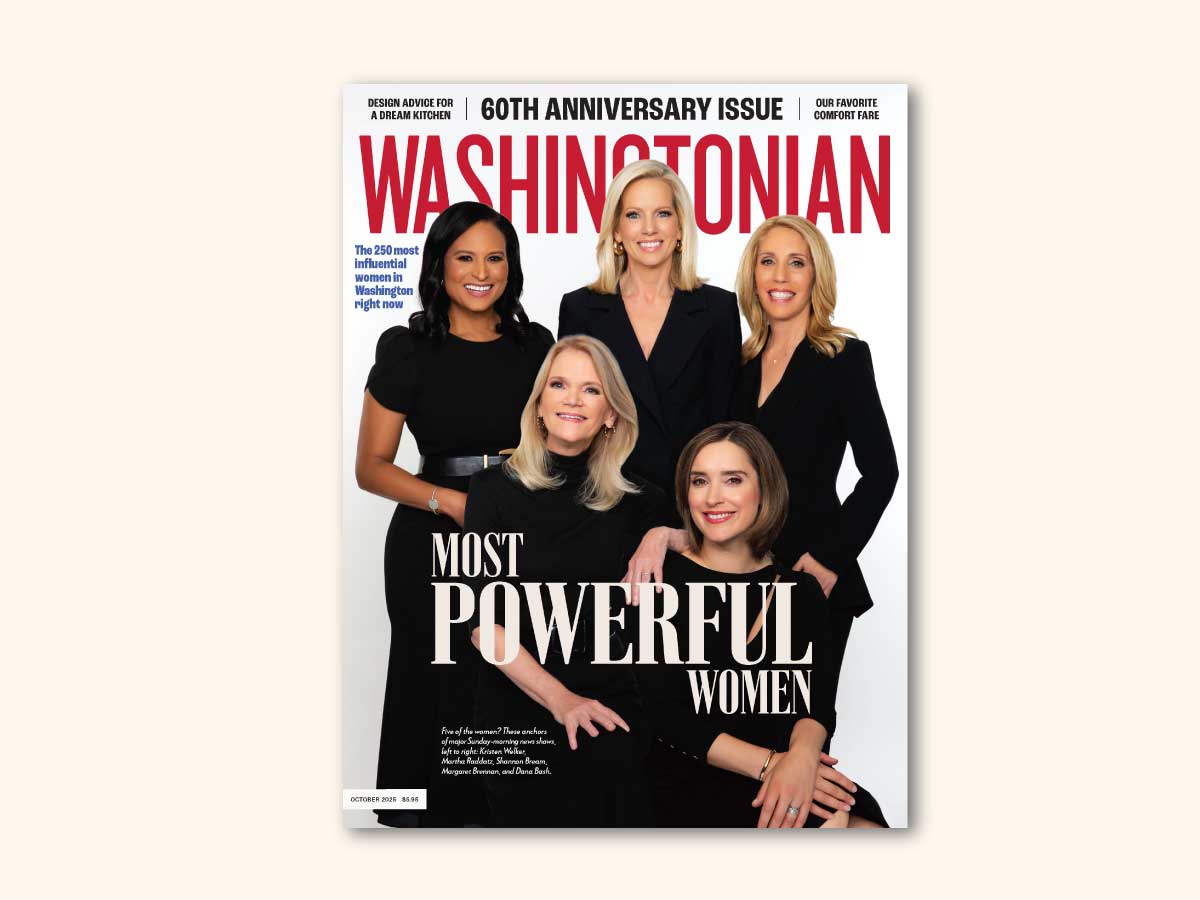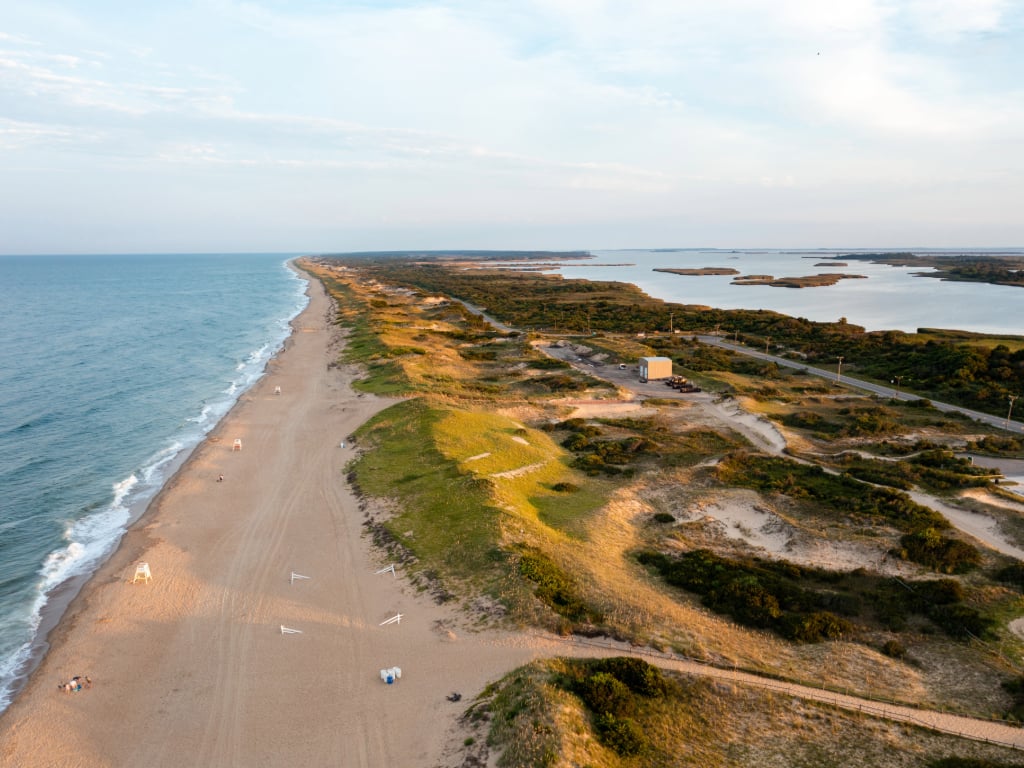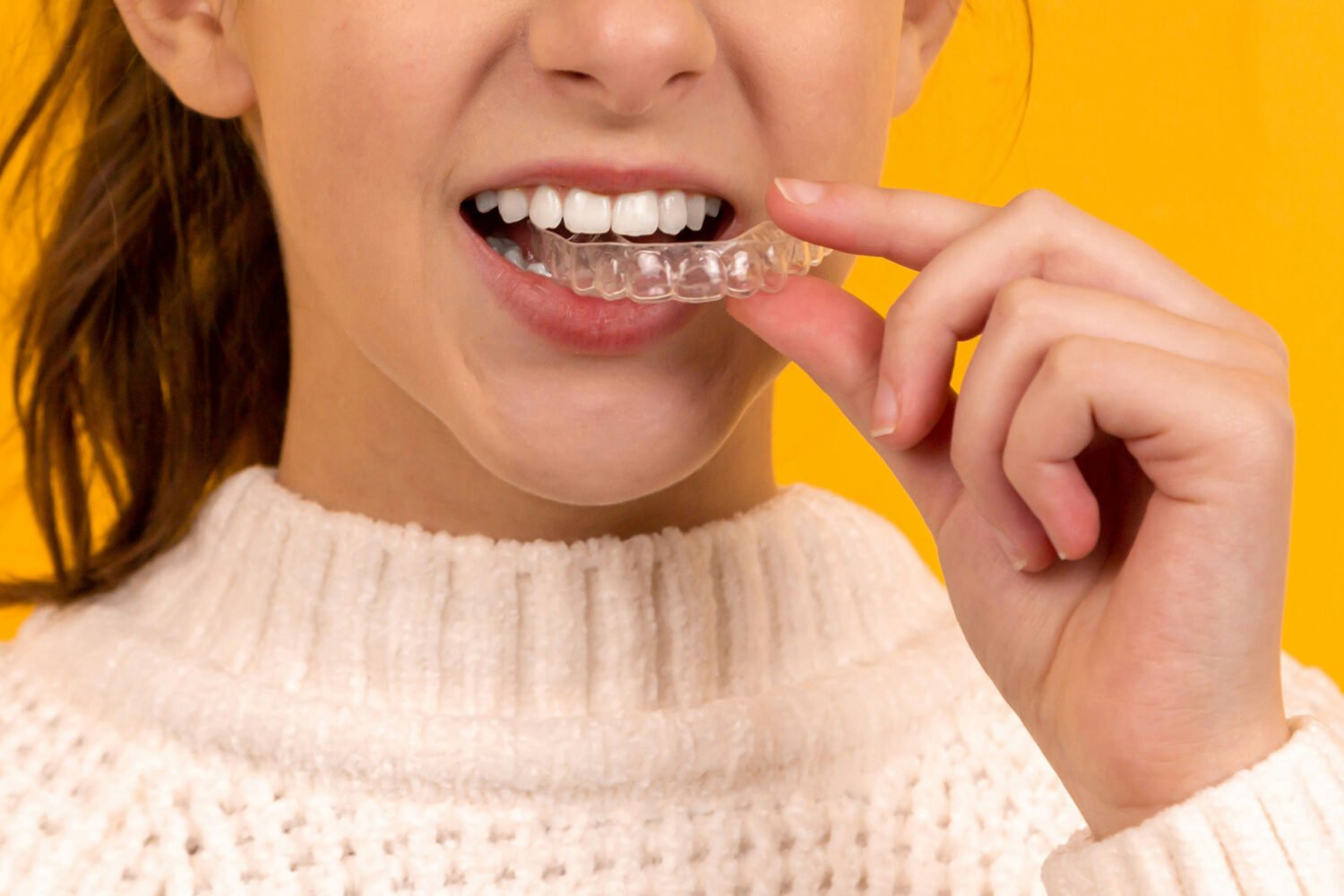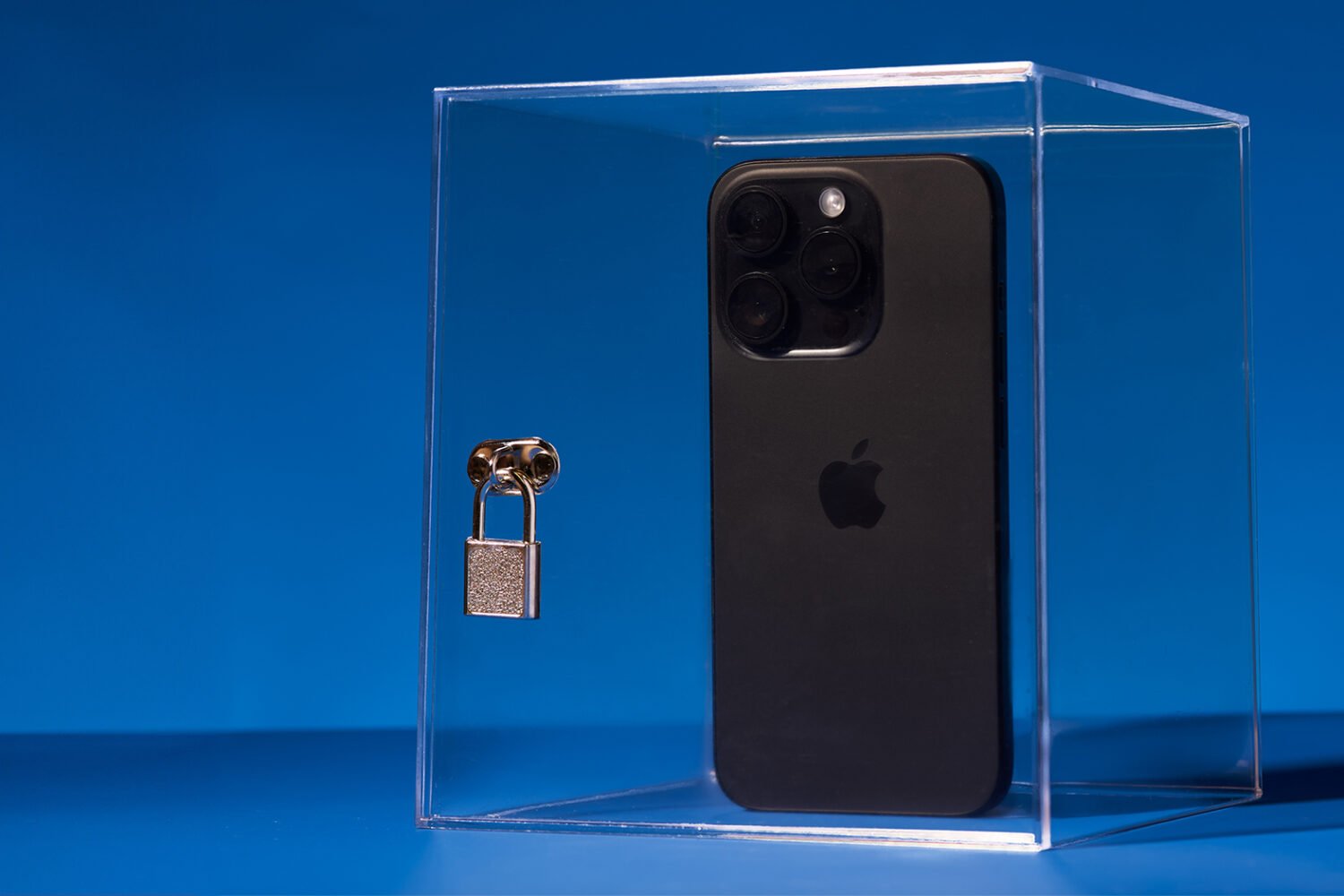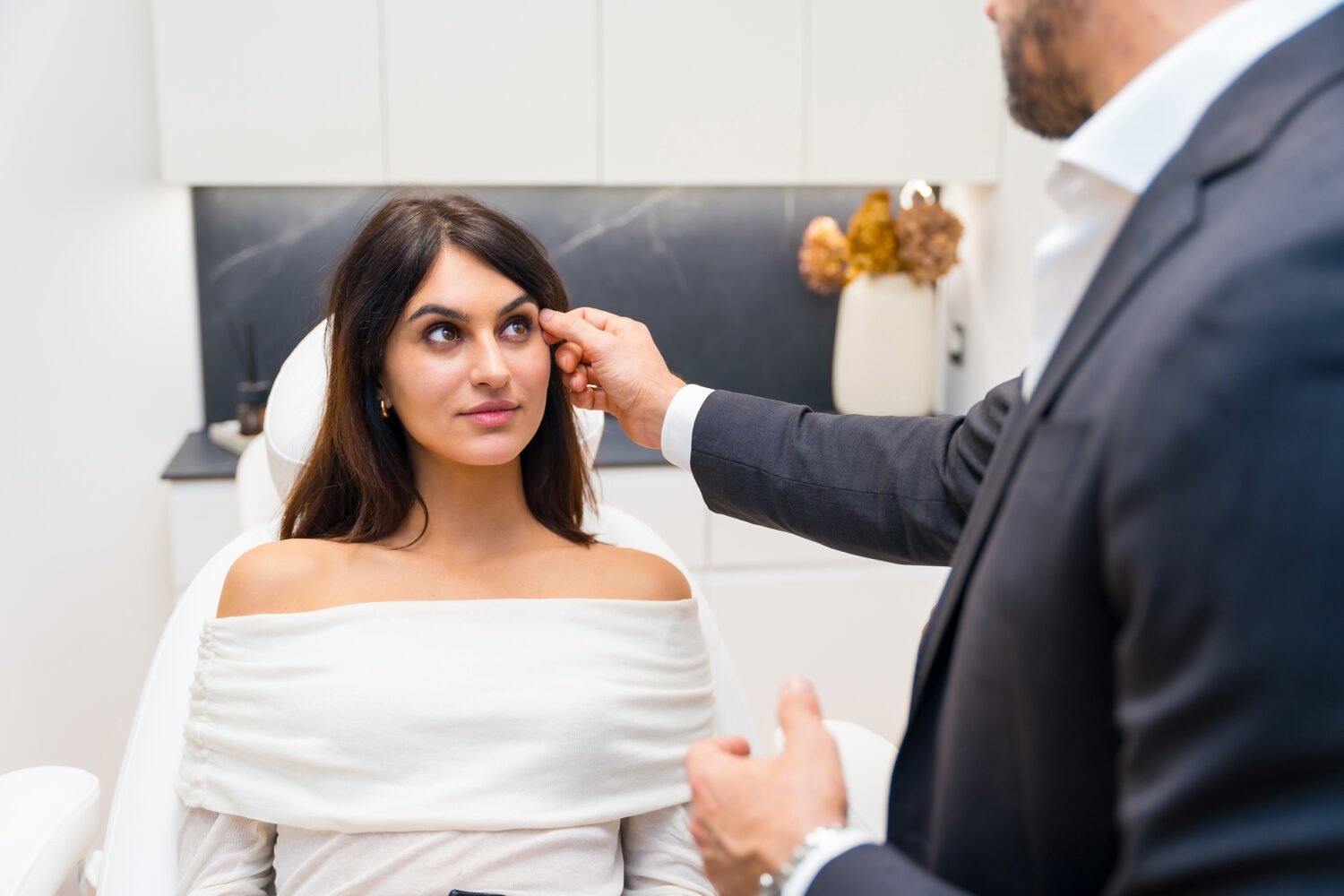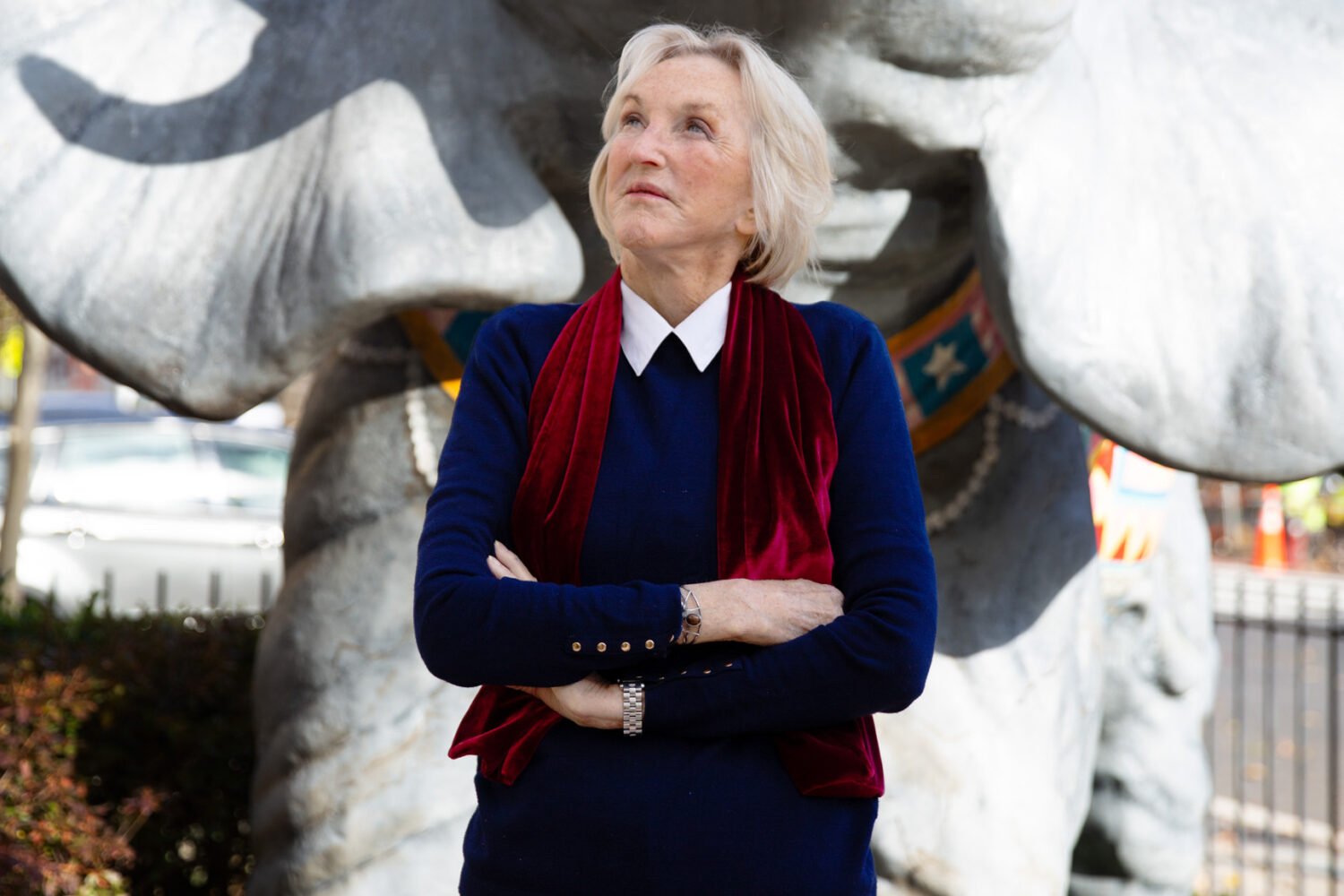It’s human nature: Every January, lofty fitness resolutions are set. Lose ten pounds by Valentine’s Day. Drop 30 by May. Then, overnight, it’s 85 degrees out. You approach your drawer of warm-weather attire with trepidation. What will fit? What won’t? Do you dare put on that gauzy sarong you picked up last year in Rehoboth?
Fortunately, whether you prefer to tackle the gym with gusto or are more the type to relax at the doctor’s office (really), there are ways to whip that winter bod into summer shape in no time.
What a Doctor Can Do: Scalpel-Free Body Sculpting
Want a sleeker figure without needles, a hospital stay, or time off work? Noninvasive body-sculpting procedures are not only more accessible—and, it seems, acceptable—than ever but also offer fat removal with faster recovery time (there’s a reason it’s called “lunchtime lipo”). Below, we explain two of the most popular procedures on the market.
Something to remember: Once fat cells have been eliminated, fat can’t deposit in that part of the body again. Instead, studies have shown, if a patient loses fat cells in the thighs, for instance, and then gains weight, the fat will end up elsewhere, such as the upper abdomen, shoulders, or triceps. This is why the best candidates for body sculpting are people who regularly exercise, eat a healthy diet, and are willing to maintain these habits after they’ve left the doctor’s office.
Freeze the Fat
Since its FDA approval in 2010, CoolSculpting has become the gold standard in body sculpting thanks to greater affordability—what used to cost $3,000 for spot treatments on the upper arms is now $1,200 for both arms.
CoolSculpting works by directly targeting fat cells beneath the skin and freezing them to their literal death, a process called cryolipolysis. Lily Talakoub, a board-certified dermatologist who has been doing CoolSculpting in her McLean office for six years, says the procedure is so common that she does it every day.
“The theory came about by putting a Popsicle in your cheek—it melts the fat cells,” she says, referencing the Harvard scientists who observed that children who ate Popsicles got dimples in their cheeks: Their fat cells froze, then disappeared. “I’ve done it on every area of the body—muffin top, saddlebags, thighs, bra fat, under the buttocks. Men with a little bit of fat on the breast area can sculpt it out.” In fact, Talakoub says she sees as many men as women—if not more. “Men can’t hide. They can’t wear cover-ups over a bikini.”
Thanks to better technology, mainly in the form of a hand-held device, spot treatments have become even more targeted and can be done in 35 to 60 minutes—about as long as it takes to stream a TV show. Says Talakoub: “I call it our version of ‘Netflix and chill.’ ”
“I caught up on House of Cards,” says a 55-year-old patient from Alexandria who had her stomach done over 24 sessions in 2016, adding that the procedure “feels like an ice pack.” Despite being a marathon runner and following a Mediterranean diet, she just couldn’t shed fat in her stomach. She was also concerned because weight in the midsection is a known risk factor for diabetes, which runs in her family. The woman saw results within four weeks of the first session and, even though she lost only a few pounds, dropped two sizes, from a ten to a six.
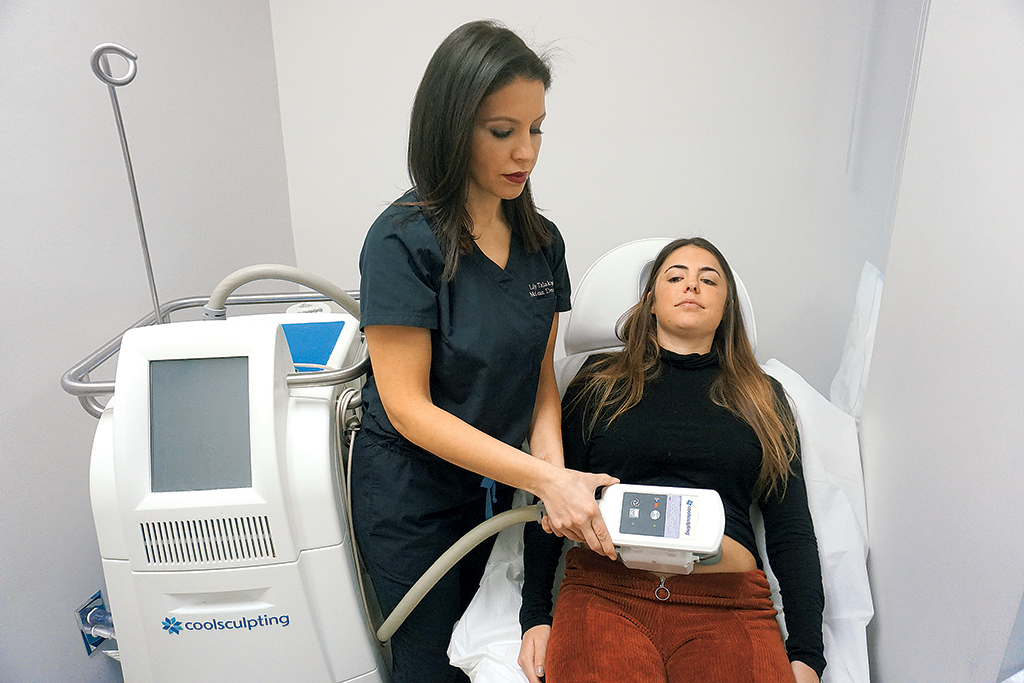
The number of treatments needed varies depending on how much fat a patient wants to get rid of. Talakoub cautions that CoolSculpting isn’t for everyone. “It’s not for people who want to lose 50 pounds,” she says. Rather, it’s for those with small pockets of fat, such as what she calls the “mommy bulge” under the belly. In such cases, expect to see results in six to eight weeks. Why so long? When fat cells are frozen during the procedure, they crystallize and, over the next few days, start to die—a process called apoptosis, which can take a few weeks depending on how much fat you’re eliminating. Then the lymphatic system cleans up the dead cells and they go to the liver, where they’re processed as waste and excreted.
The cost varies depending on body part and amount of fat but averages $600 to $700 per treatment per area. Side effects are rare but can include temporary numbness, stinging, and redness from the cold temperature (14 degrees), which usually disappears in about two weeks.
Melt the Fat
Although less well known than CoolSculpting, Vanquish can be equally effective and has also become more affordable. This body-sculpting procedure uses heat rather than cold to eliminate fat. As fat cells heat up, they explode and are absorbed by the lymphatic system, cleared through the liver, and eliminated, as with CoolSculpting.
While CoolSculpting is done with a hand-held device, Vanquish uses a larger contraption that hovers over the body and delivers radiofrequency waves to kill fat cells. Because of its size, Vanquish can hit four body areas at once, according to Cheryl Burgess, a board-certified dermatologist who has been doing the procedure in her DC office since its FDA approval in 2015. “The heat is about what you’d feel with a heating pad,” she says. “Most people take a nap because they’re comfortable.”
The device can be positioned on the midsection, neck, arms, and legs. Targeting the bra-fat area “is now becoming very popular,” says Burgess, “especially in many older women who are pretty slim and probably look good in a bathing suit, but they put the top on and the right posterior armpit area hangs over. A lot of people hate that.”
According to Burgess, the area that men most often target is the midsection. One patient, a former military police officer from Prince George’s County who has always been active, found that in his late forties he was no longer satisfied with his appearance. He had Vanquish done on his stomach last December and jokes that the holiday parties were tougher than the actual procedure.
“You have to watch what you eat,” he says, explaining that Burgess and her staff made it clear he had to do his part to maintain results. “I’m glad they did that because otherwise you think this machine is going to do all this work.” Seeing his abs again has motivated him to work out six days a week and be more diligent with meal prep.
Four 45-minute sessions of Vanquish are recommended, either two a week for two weeks or once a week for four weeks, and the cost is $400 a session. Like CoolSculpting, it’s not intended for significant fat loss but for spot treatments, most of which won’t even make a difference on the scale, according to Burgess. Results can take three to four months because, she says, when fat is destroyed with radio-frequency, not only is it processed through the lymphatic system and cleared by the liver, but the skin also experiences an induced injury to collagen in the dermis, the layer of skin beneath the outermost epidermis. The body kicks in to repair the collagen, which takes a few months to heal.
Side effects can include temporary redness or burning where there was an existing scar, such as from an appendectomy or C-section, because heat can be absorbed into the scar.
Hit the Gym: Lose Ten Pounds in Five Weeks
Are you the type to sweat the fat out? According to Mitch Batkin, senior vice president at US Fitness in McLean, one way to lose weight fast is to do heart-rate-based training. The science behind it: Get your heart beating at 80 to 90 percent of its maximum rate, causing the physiological response known as excess post-exercise oxygen consumption—a.k.a. the afterburn effect, in which metabolism jumps for up to 24 to 48 hours afterward. This means you burn more calories while sitting at your desk or sleeping. In a study by the American College of Sports Medicine, participants burned 190 calories later in the day, at rest, after vigorous exercise—and continued burning increased calories during the first three and a half hours of sleep.
To achieve this effect, you need short, intense intervals broken up by brief bouts of rest. Pick a cardio machine, such as a treadmill or elliptical, and after a five-minute warmup, go all out for 30 to 60 seconds, then jog or walk for a minute. Batkin suggests aiming to get your heart rate in the 80-to-90-percent zone for 20 to 30 minutes.
Add a strength element as well. “Rather than standing still and doing dumbbell curls, the smart thing to do is movements that use multiple muscles and joints,” says Batkin. These could be squats with a dumbbell curl at the bottom and a thrust overhead on the way up; kettlebell swings that engage big muscle groups such as the glutes, hamstrings, and quads; or a pushup that combines a knee-to-elbow movement. Shoot for ten to 20 reps and two to three sets for each movement, and limit rest between each exercise. The total workout should take no more than an hour.
Given that 3,500 calories are in one pound, Batkin says, “Basically, if you can do a little bit better at eating and remove 500 calories a day in not-so-great foods, and add 1,000 calories of exercise two or three days a week [as measured by fitness apps or exercise-equipment readouts], you can realistically burn two pounds of fat a week, so four or five weeks later, you’re eight to ten pounds lighter.”
Targeted Treatments
You say that what really bothers you are your ankles or stretch marks? A few minimally invasive procedures offer isolated fixes.
1. Ankles
The only FDA-approved injectable proven to destroy fat cells under the chin and to reduce the appearance of a double chin, Kybella, or deoxycholic acid, is also popular for getting rid of “cankles.” Cost: $700 to $1,500.
2. Belly Buttons
Loose skin around the navel? ThermiTight uses a device to heat tissue and stimulate collagen production, thus tightening the skin. Be patient—collagen production can take 90 days, so it can be three months before you see results. Cost: $1,500 to $3,000.
3. Stretch Marks
These occur where skin has been stretched and has lost collagen, becoming thinner and lighter in color. Infini radiofrequency microneedling creates injuries in the stretch marks to trick the body into thinking it’s wound-ed, encouraging collagen growth and tissue tightening. Many people see improvement after a single treatment if the stretch marks are minor, says dermatologist Cheryl Burgess. Cost: $600.
This article appeared in the May 2018 issue of Washingtonian.

